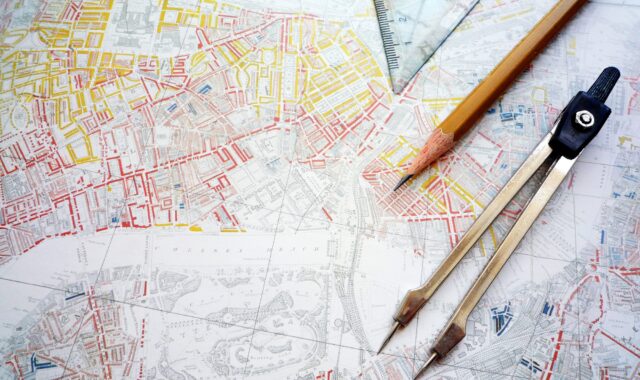Contents:
As you embark on your final year of school, your thoughts may be turning towards University applications. If you’re looking at courses in Mathematics and Computer Science, then you may have noticed talk of the Mathematics Admissions Test (MAT).
Here is an essential guide to the why, what, when, where, and how, as well as top tips for your all-important preparation.
What is the MAT?
The MAT aims to test the mathematical understanding of students in the first term of Year 13 A Level Mathematics (or Baccalaureate and Scottish Highers). The test is intended to be approachable by all students, including those without Further Mathematics A Level.
The MAT syllabus is based on the first year of A Level Maths, plus geometric sequences and series from the second year of A Level Maths.
Why take the MAT?
If you are applying to Oxford, Warwick or Imperial University, then it is a requirement for several courses such as Mathematics and Computer Science. Check the latest course requirements carefully for details.
The results of the MAT are used as part of the shortlisting process, alongside your UCAS application. Please note that the TMUA is a different test that some Universities require, but cannot be used in place of the MAT.
When and where does the MAT take place?
You can sit the MAT at any registered test centre – normally your school or college. They will need to apply for authorisation by early September at the latest.
If your school or college is not registered as a test centre, you can use the Find a Test Centre service to locate your closest authorised test centre.
MAT key dates

How much does it cost to take the MAT?
You do not have to pay to take the MAT. However, some independent test centres may charge an administration fee to candidates for costs such as room hire and invigilation.

What is the format of the MAT?
The MAT lasts two and a half hours. No calculators, formula sheets, or dictionaries are permitted during the test.
Candidates see the questions on a computer screen, and write their responses in a paper answer booklet, which will be scanned by their test centre.
Candidates should attempt five of the six questions, depending on the degree for which they are applying.
- Mathematics, Mathematics & Statistics, and Mathematics & Philosophy applicants should attempt questions 1, 2, 3, 4, and 5
- Mathematics & Computer Science, Computer Science, and Computer Science & Philosophy applicants should attempt questions 1, 2, 3, 5, and 6
Question 1 is multiple choice, and contains 10 parts worth 4 marks each. Marks are given solely for the correct answers. Questions 2-6 are longer questions, worth 15 marks each, and candidates will need to show their working, as part marks are available for these questions.
Starting in 2023, the question will say how many marks are available for each part. Further credit cannot be gained by attempting questions other than those appropriate to the degree applied for.
How is the MAT marked?
The MAT is marked by University of Oxford graduate students. It is marked out of 100 marks.
For multiple-choice questions, there are no marks available for working out. For the longer questions, markers will look carefully at what you’ve written and give you an appropriate number of marks following an agreed mark scheme.

Top tips for sitting the MAT
- Check specific course details to see if the MAT is required. Don’t rely on outdated information.
- Start preparing now! The MAT has a complex format, so don’t put off steps 3 to 5…
- Familiarise yourself with the MAT syllabus.
- Practise questions from previous MAT papers. You should try some questions to become familiar with the style and content. Also, save at least one of the papers and do a timed test. This will help with planning how to use your time effectively on the day. The past papers are available on the University of Oxford website, with solutions and feedback. You can also find a bank of MAT past papers, solutions and examiner reports on Physics & Maths Tutor. Stick to papers since 2018, as the syllabus changed that year.
- Ask for support from your teachers and other students who will be taking the MAT. If your school or college can’t offer this directly, then you should consider finding a tutor or MAT preparation programme.
Finally, remember to enjoy the process! You are applying for some of the best degree courses available and have the ability to shine among your peers.
Good luck with this part of your journey to University!





